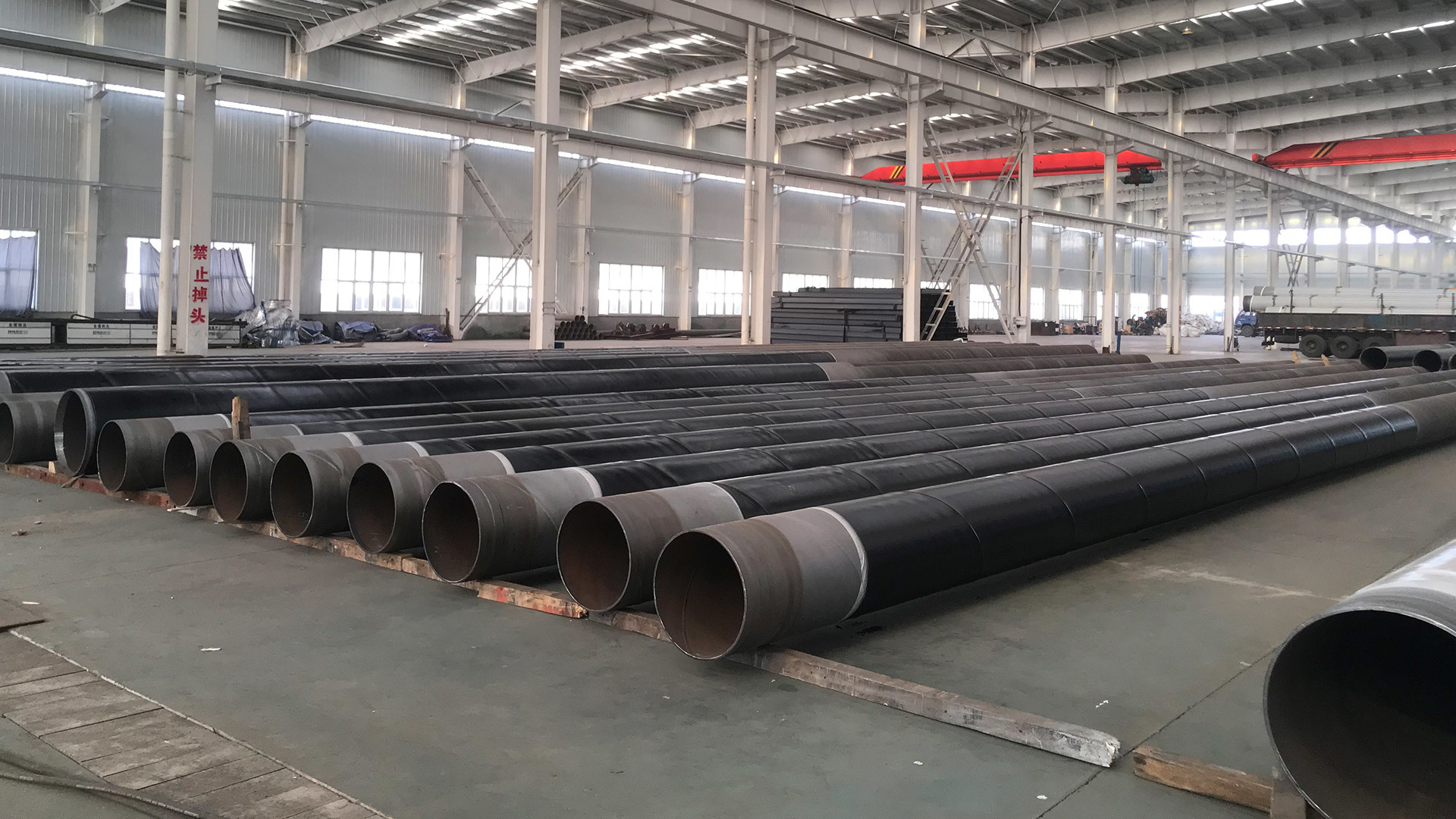XINYUE
PROJECTS
19
2025
-
04
The Essential Guide to Seamless Steel Pipes in Construction
Seamless steel pipes are manufactured through a process that involves heating and shaping steel into a pipe without any seams or welds. This method results in a uniform structure that enhances strength and durability, making seamless steel pipes highly sought after in the construction industry. They are commonly used in critical applications such as structural support, fluid transport, and high-pr
One of the primary advantages of seamless steel pipes is their superior pressure resistance. Unlike welded pipes, which may have weak points at the seams, seamless pipes maintain a consistent wall thickness, allowing them to withstand high pressure and extreme conditions. This characteristic makes them ideal for applications in oil and gas, chemical processing, and power generation industries, where safety and reliability are paramount.
In addition to their strength, seamless steel pipes offer excellent corrosion resistance, especially when coated with protective materials. This property is crucial in construction applications exposed to harsh environments, ensuring the longevity of the structures in which they are used. The versatility of seamless steel pipes also makes them suitable for various sizes and dimensions, catering to specific project requirements.
Moreover, seamless steel pipes contribute to cost-effectiveness in construction projects. While the initial investment may be higher than that of welded pipes, the long-term benefits, including reduced maintenance costs and extended service life, make them a wise choice for many builders and contractors. Their ability to perform effectively in challenging conditions can ultimately lead to significant savings in both time and resources over the lifespan of a construction project.
Seamless steel pipes are also increasingly favored for their aesthetic appeal in architectural applications. Their smooth surfaces and clean lines can enhance the overall look of a structure, making them popular in both functional and decorative roles. Architects and designers often incorporate these pipes into modern building designs, emphasizing both form and function.
In conclusion, seamless steel pipes play a crucial role in the construction and building material industry. Their strength, durability, adaptability, and aesthetic appeal make them an essential choice for professionals seeking reliable and long-lasting solutions. By understanding the advantages and applications of seamless steel pipes, builders, architects, and engineers can make informed decisions that will benefit their projects and enhance overall performance.
Seamless Steel Pipe
undefined
Request a Quote
COOKIES
Our website uses cookies and similar technologies to personalize the advertising shown to you and to help you get the best experience on our website. For more information, see our Privacy & Cookie Policy
COOKIES
Our website uses cookies and similar technologies to personalize the advertising shown to you and to help you get the best experience on our website. For more information, see our Privacy & Cookie Policy
These cookies are necessary for basic functions such as payment. Standard cookies cannot be turned off and do not store any of your information.
These cookies collect information, such as how many people are using our site or which pages are popular, to help us improve the customer experience. Turning these cookies off will mean we can't collect information to improve your experience.
These cookies enable the website to provide enhanced functionality and personalization. They may be set by us or by third-party providers whose services we have added to our pages. If you do not allow these cookies, some or all of these services may not function properly.
These cookies help us understand what you are interested in so that we can show you relevant advertising on other websites. Turning these cookies off will mean we are unable to show you any personalized advertising.
Copyright © 2023 TIANJIN XINYUE STEEL Privacy Policy


